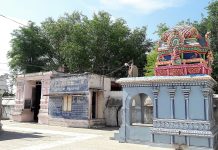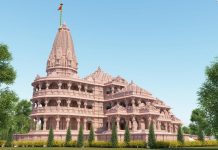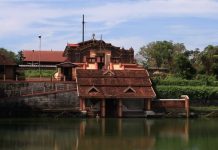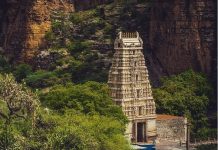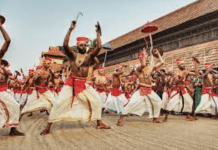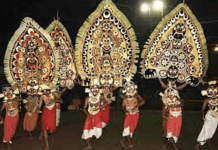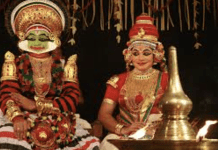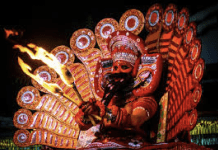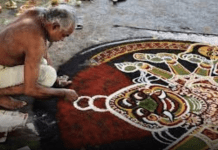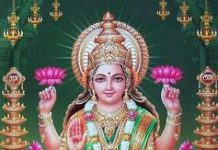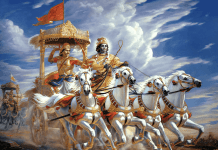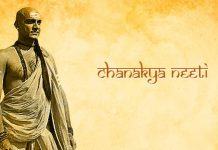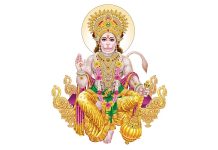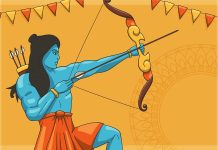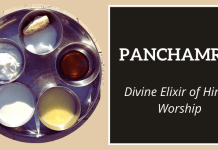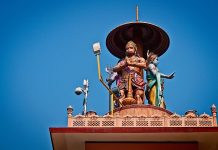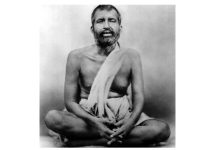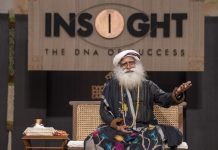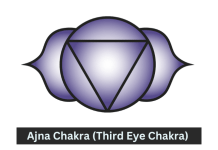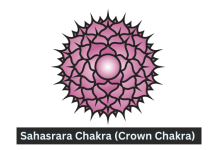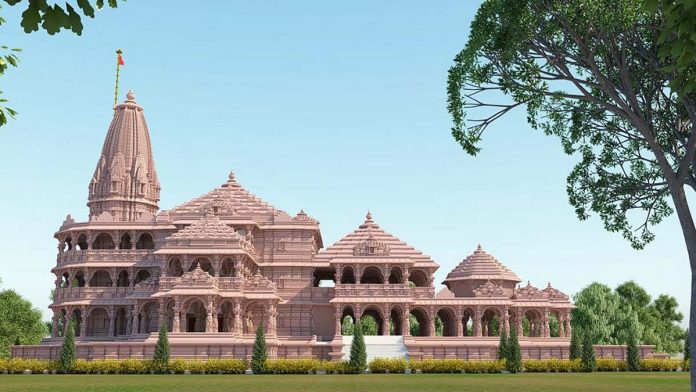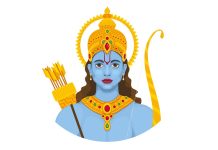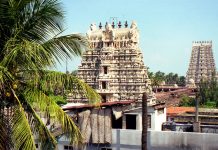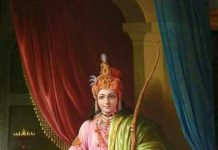Shri Ram is not just a name, but a symbol of India and Indian civilization. The name Ram unites people from all languages and geographic regions of India. This unification transcends castes and creeds due to respect for the values for which he defended and sacrificed so much. The name of reverence and presence for the deity of all India can be invoked in sports, folk dramas, wedding songs, greetings, literature, stories and many other occasions. The story of Prabhu Shri Ram, the Ramayana, has been published countless times throughout Bharatavarsha over millennia. To name a few of the retellings of this eternal story:
Sri Rama Vijaya (15th century) by Sankardev in Assamese.
Torave Ramayana ( 16th century) by Narahari in Kannada
Giridhardas Ramayana (19th century) in Gujarati
Krittivasi Ramayana (15th century) by Krittibas Ojha in Bengali
Kambaramayana (12th century) by Kambar in Tamil
Sri Rangantha Ramayanam (14th century) by Gona Budha Reddy in Telugu
Ramacharitamanas (16th century) by Tulsidas in Awadhi, a dialect of Hindi

Rama was born on the banks of the Saryu river in Ayodhya. His birthplace is considered sacred by millions of Indians and there was a temple dedicated to Ram Lalla, or the infant Ram. In the years 1528–29, Mir Baqi, a commander of the Mughal King Babur, dissolved the temple and built a mosque on the holy site. Such was the conviction of local Hindus that historical witnesses claim that even after the destruction of the temple, Hindus continued to worship at Janmasthana, or birthplace.
In 1853, members of the Nirmohi Akhara occupied the site and claimed ownership of the structure. The frequent outbreak of clashes between communities on the subject eventually led to the division of the structure by the British administration in 1855 for use by Hindus and Muslims. In 1883, Hindus brought the issue to court. This problem continued in the courts of British India, as well as in independent India. Finally, on November 9, 2019, the Supreme Court of India awarded all the disputed land to the Hindu community in a unanimous verdict and thus ended the nearly 500-year struggle to claim Sri Rama’s holy birthplace. done.
The culmination of this fight is indeed a moment of great joy. We celebrate Diwali/Deepavali on the day Rama returned to Ayodhya after his exile and conquered Ravana to free Sita Mata. In the mortal realm, this is yet another homecoming for Rama and of course, every Indian will be filled with the festive spirit of Diwali. Pray that Rama Lala’s return to his holy place will usher in a new golden age for Bharata, a kingdom of Rama
tatha strotasam saumya pavini sarayu sari || (Agastya Samhita, Uttara-Khanda) – Sri Rama, the superior among Raghus, among all Godhead, is the supreme personality of God; Just as the divine Saryu River is the largest of all rivers.
Jai Shree Ram
जय श्री राम
జై శ్రీ రామ్
ஜெய் ஸ்ரீ ராம்
ജയ് ശ്രീ റാം
ಜೈ ಶ್ರೀ ರಾಮ್
જય શ્રી રામ
ଜୟ ଶ୍ରୀ ରାମ
জয় শ্রী রাম
جئے شری رام
ජේ ශ්රී රාම්
জয় শ্রী ৰাম
ਜੈ ਸ਼੍ਰੀ ਰਾਮ

